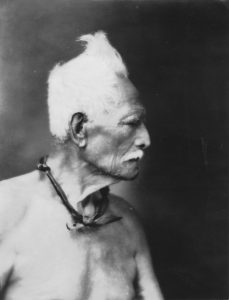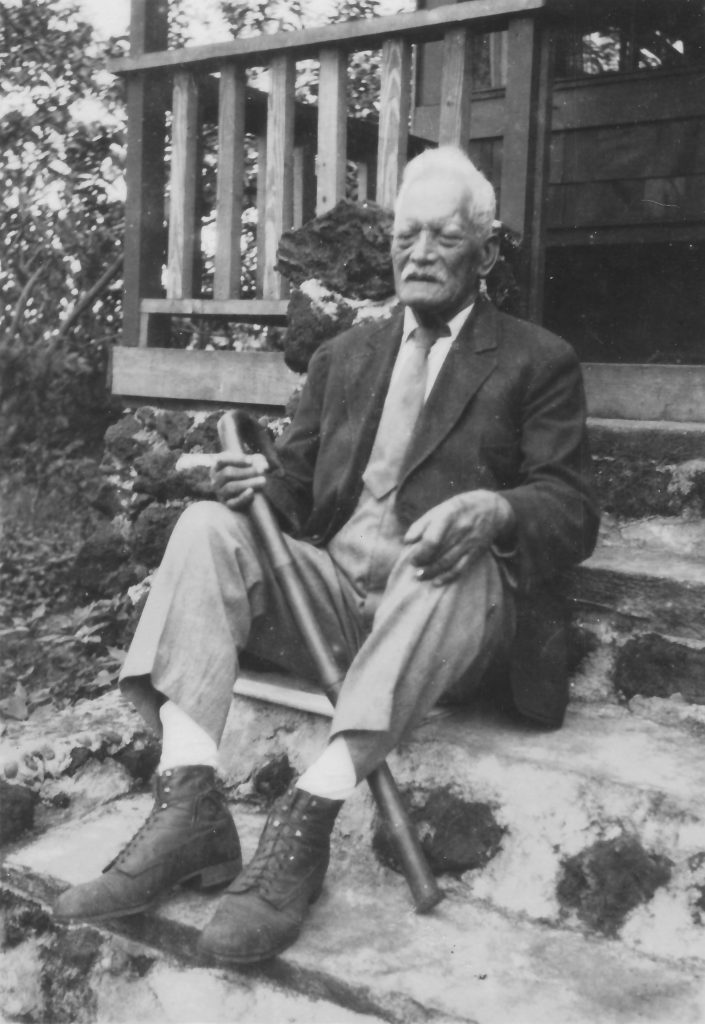Rev. Henry Benjamin Nālimu (1835-1934)
On December 17, 1931 the Hawaiian language newspaper Ka Lāhui Hawaiʻi recalled the first ministry of Rev. Nālimu in Hilo. He joined the missionary Titus Coan at Haili Church as an assistant in an ever growing ministry. The young man accompanied Coan throughout Hilo and Puna, climbing up and down through streams where there were no bridges or good roads. They walked trails to Kalapana to visit residents and sailed to annual church meetings in Honolulu.
Born on November 16, 1835 at Pāpaʻaloa, Nālimu heard tales of his ancestor I, a well-known warrior and troop leader for Kamehameha. When Nālimu was a young boy the family moved from rural North Hilo to Piʻopiʻo in South Hilo.
As a young man Nālimu enrolled in Hilo Boarding School, founded by Rev. David Lyman. He recalled Lyman as “a very good and learned man to whom I am very thankful.” Besides reading lessons in ʻōlelo Hawaiʻi, he planted taro, pounded poi, milked cows, and built stone fences. He also attended Lahainaluna School on Maui and later served as a missionary to Tabiteuea Island in the Gilbert Islands (now Republic of Kiribati) from 1871 to 1882.
After returning to Hilo Nālimu took on a variety of jobs: farmer, delivery man, watchman, and groundskeeper. After his wife, Keahiloa, died in 1898 he remarried and divorced. He adopted a daughter, Keahi Ahkai, and welcomed boarders into his home. He also served as a guardian for at least two boys and possibly three relatives who attended the Hilo Boarding School.
The Lyman Museum preserves Hilo Boarding School Records (1831-1968) and a booklet of Nālimu stories. The Lyman Museum Archives is open for research by appointment. Learn more at https://lymanmuseum.org/archives/research-collection/.
(Click on images to enlarge)


